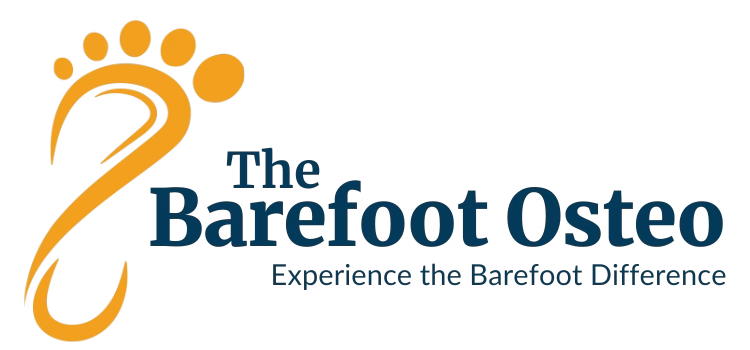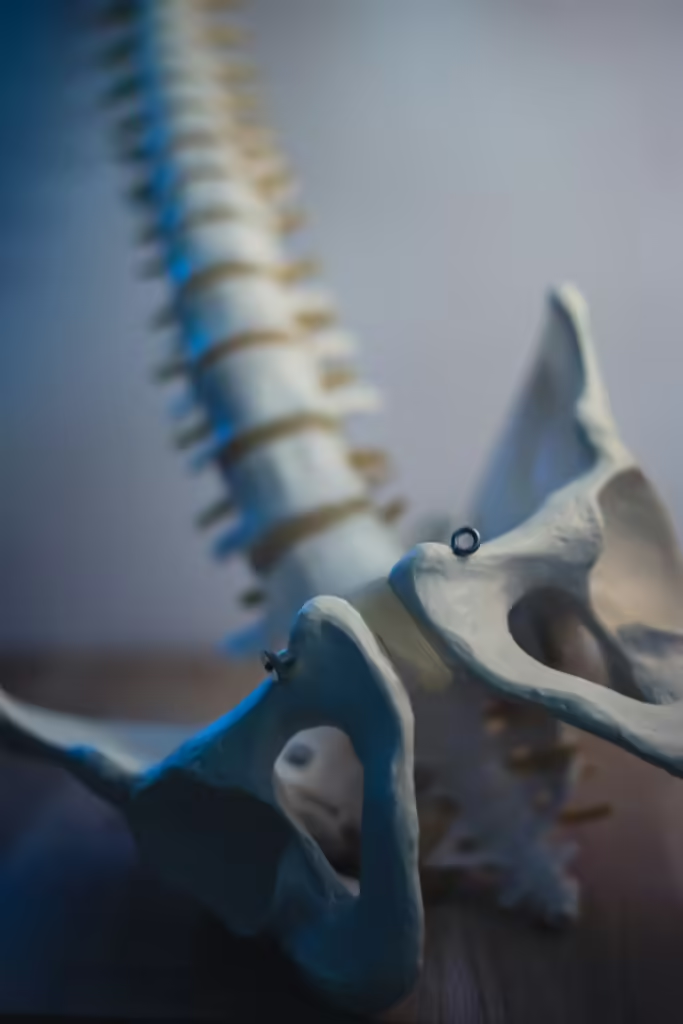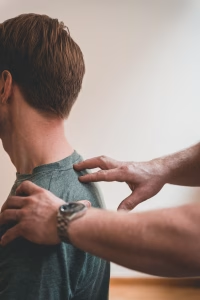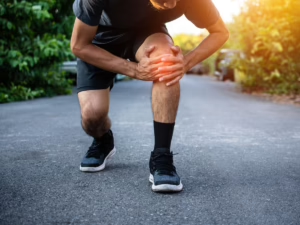At The Barefoot Osteo Warrnambool, we offer osteopathic care Warrnambool residents can rely on to restore mobility, stability, and balance. Osteopathy is more than just a treatment—it’s a holistic philosophy that views the body as an interconnected whole, designed to heal itself when given the proper support. By applying time-tested osteopathic principles, we focus on correcting imbalances in the musculoskeletal system, allowing the body to function optimally. Our approach goes beyond pain relief, helping clients achieve long-lasting health and movement freedom.
In today’s fast-paced world, many individuals are searching for natural alternatives to manage pain and improve overall well-being. Osteopathy provides a hands-on approach to health that is grounded in the body’s anatomy and biomechanics. At The Barefoot Osteo Warrnambool, we go beyond just treating symptoms; we look at the whole person, considering not only physical aspects but also how lifestyle and movement habits can affect long-term health.
Imagine feeling free from the chronic aches and pains that have held you back, all through a gentle, hands-on treatment that realigns your body and restores your vitality. Whether you’re dealing with back pain, neck tension, or joint stiffness, osteopathy addresses the root cause of these issues, helping you regain the mobility and ease you may have lost. In this post, we’ll explore how osteopathy plays a pivotal role in enhancing your movement, addressing pain, and promoting long-term wellness, all while embracing the natural benefits of barefoot movement.

Discover the Core Principles of Osteopathy
Osteopathy is more than just a treatment—it’s a philosophy centered on the body’s innate ability to heal itself. Developed by A.T. Still in the late 19th century, osteopathy emphasizes the critical relationship between the body’s structure and its function. The alignment and balance of the bones, muscles, and joints are key to enabling the body to function optimally and heal naturally. When there are obstacles, such as misalignments or muscle restrictions, the body’s ability to heal is compromised.

A.T. Still was a visionary in his time, advocating for a healthcare system that moved beyond the conventional, often harsh medical interventions of his era. He focused on promoting the body’s self-healing potential by enhancing the musculoskeletal system’s role in overall health. Still believed that by addressing structural imbalances in areas like the spine and joints, the body could improve circulation and nerve flow, supporting the self-regulating processes essential for well-being.
At The Barefoot Osteo Warrnambool, we apply these core osteopathic principles to every aspect of our practice. Our goal is to restore your body’s alignment, promote natural healing, and prevent future injuries. Whether you’re seeking relief from chronic pain, enhancing mobility, or addressing musculoskeletal issues, we follow these five guiding principles of osteopathy to help you achieve optimal health and movement.
How Osteopathy Promotes the Body’s Natural Healing
Osteopathy’s core philosophy revolves around the belief that the body possesses an intrinsic ability to heal itself. A.T. Still, the founder of osteopathy, believed that the human body was created with everything it needs to maintain health, as long as it is in proper alignment. The osteopathic perspective emphasizes that, when free from structural imbalances and restrictions, the body is naturally inclined toward self-healing and self-regulation
Central to this philosophy is the understanding that the musculoskeletal system serves as a key entry point for promoting change throughout the entire body. By working with muscles, bones, and connective tissues, osteopaths can influence the internal environment and facilitate changes at a cellular level. This approach stimulates the body’s natural processes, improving circulation, nutrient delivery, and waste removal, all of which are essential for cellular health and function. When the musculoskeletal system is in balance, it allows for optimal communication between the body’s systems, promoting healing from within.
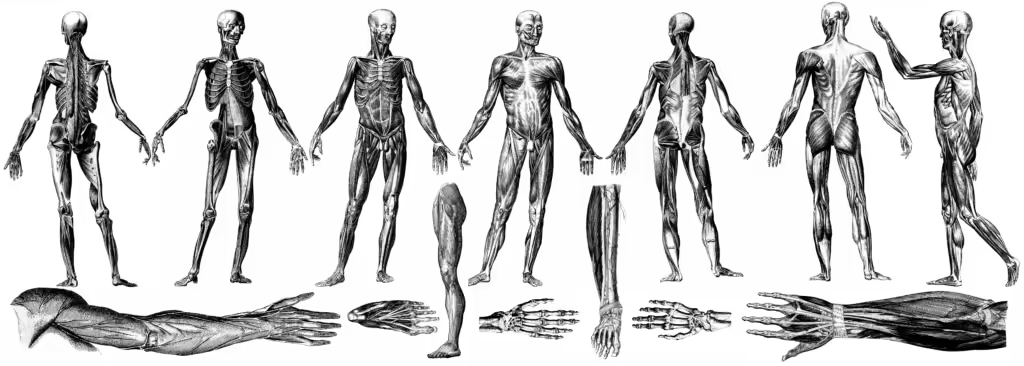
A.T. Still emphasized that the body is not a collection of separate parts but rather an integrated whole. Osteopathic treatment seeks to remove any barriers to the body’s self-healing mechanisms, allowing it to function as intended. By addressing the musculoskeletal system, osteopaths unlock the potential for broader healing, supporting the health of organs, tissues, and cells throughout the body.
The Osteopathic Approach: Treating the Body as a Whole
In osteopathy, the body is viewed as an interconnected whole. Unlike many conventional approaches that isolate and treat specific symptoms, osteopathy considers how different systems within the body influence one another. For example, a structural issue in the spine can cause discomfort in distant areas like the legs or neck because every part of the body is connected.
Take lower back pain, for instance. Many people suffering from lower back pain might assume the problem is isolated to that specific area. However, osteopathy recognizes that the root cause could be due to misalignment in the pelvis, restricted movement in the hips, or even poor posture habits developed from daily activities like sitting at a desk or driving for long periods. Sarah, a 42-year-old teacher from Warrnambool, spends long hours standing and bending over to help her students. Over time, these repetitive motions cause strain on her lower back, but the true issue stems from imbalances in her hip alignment and weakened core muscles that are failing to properly support her spine. Through osteopathic treatment, Sarah’s lower back pain can be alleviated by addressing not only her back but also the related imbalances in her hips, pelvis, and core, leading to more sustainable relief.
Osteopathic treatment doesn’t simply mask symptoms; it seeks to restore balance throughout the body. By addressing these interconnections, osteopathy helps improve overall function, leading to long-term health improvements. For individuals like Sarah, this means not only relief from lower back pain but also improvements in posture, mobility, and strength. Over time, these changes contribute to enhanced physical performance, allowing her to stay active and reduce the likelihood of future injuries. This comprehensive approach empowers clients to understand how their body works as a whole and take proactive steps toward maintaining health.
Why Structure and Function Matter in Osteopathic Treatment
The osteopathic principle that structure and function are inter-related means that any change in the body’s structure—whether it be bones, muscles, or connective tissues—will impact how the body functions. The shoulder is a prime example of this connection, given its complex design. The glenohumeral joint (ball-and-socket) allows for a wide range of motion, but this flexibility can also make it vulnerable to dysfunction and injury.
For instance, when the muscles surrounding the shoulder—like the rotator cuff—become imbalanced due to poor posture or repetitive strain (e.g., desk work or overhead activities), the shoulder’s function can be compromised. This structural imbalance often leads to limited mobility, pain, or conditions like shoulder impingement. The shoulder’s structure no longer supports its optimal function, and daily movements become painful or restricted.
In osteopathy, treatment doesn’t just focus on the shoulder itself. The osteopath would also consider how other areas, such as the spine or neck, contribute to the issue. Misalignments in these regions could place additional stress on the shoulder. By restoring proper alignment in both the shoulder and related areas, osteopathy improves the joint’s function, allowing for pain-free movement and preventing future injuries.
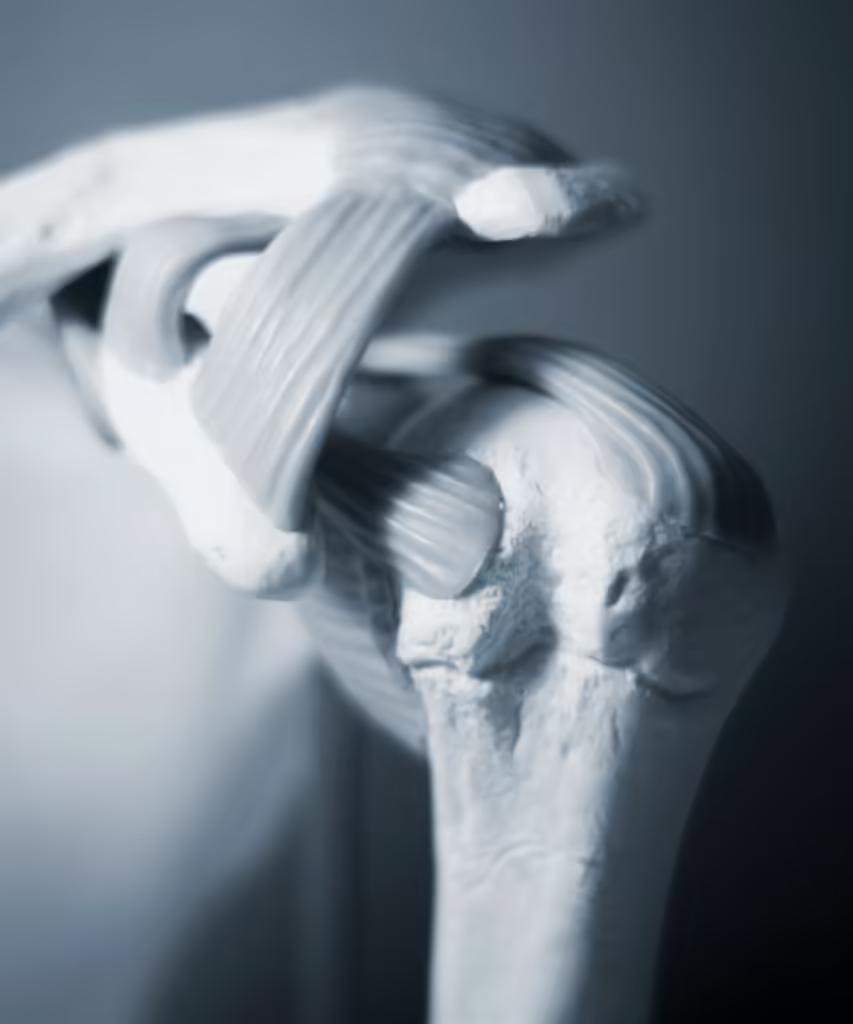
Applying Osteopathic Principles for Effective Treatment
Osteopathic treatment is grounded in the careful application of its core principles. By understanding that the body has the ability to heal itself, functions as an interconnected whole, and that structure and function are interrelated, osteopaths create personalized treatment plans to address each patient’s unique needs. These principles guide every step of the treatment process, ensuring that the focus is on restoring balance within the body to promote natural healing.
An osteopath doesn’t just “treat” the patient; the process is collaborative. At The Barefoot Osteo Warrnambool, we see treatment as a partnership between the practitioner and the patient. It’s a “done with you” process, where we work together to unlock the body’s potential for healing. By educating our clients on how their movement patterns, lifestyle habits, and posture affect their overall health, we empower them to take an active role in their recovery. This approach aligns with our barefoot philosophy, which emphasizes natural movement, stability, and balance as core components of health.
For example, a patient with chronic lower back pain might expect only local treatment. However, by applying osteopathic principles, we take a broader view. We support the body’s natural healing, examine how other areas like posture or gait might affect the back, and restore the relationship between structure and function. Weak supporting muscles or misaligned joints could be contributing factors, so treatment focuses on correcting those imbalances to alleviate pain and prevent recurrence.


Together with the patient, we explore sustainable changes that not only relieve pain but also promote long-term health. This collaborative, holistic approach ensures that each treatment plan is tailored, effective, and empowering.
The Importance of Circulation in Osteopathy: The Rule of the Artery
A.T. Still’s principle that “the rule of the artery is supreme” emphasizes the crucial role of circulation in maintaining health. Proper blood flow is essential for delivering oxygen and nutrients to tissues, supporting cellular repair, and maintaining overall vitality. However, circulation alone is not enough—just as important is the body’s ability to effectively drain waste products and metabolic metabolites away from injured or inflamed tissues.
When circulation is compromised, whether due to structural misalignments or restrictions in soft tissues, the flow of blood can be slowed or obstructed. This not only limits the delivery of nutrients to the affected area but also hinders the removal of waste products. In osteopathy, treatment aims to improve circulation while also ensuring that the body’s natural drainage systems—such as the lymphatic system—are functioning properly. By facilitating both the delivery of vital nutrients and the removal of waste products, we create an environment that promotes healing.
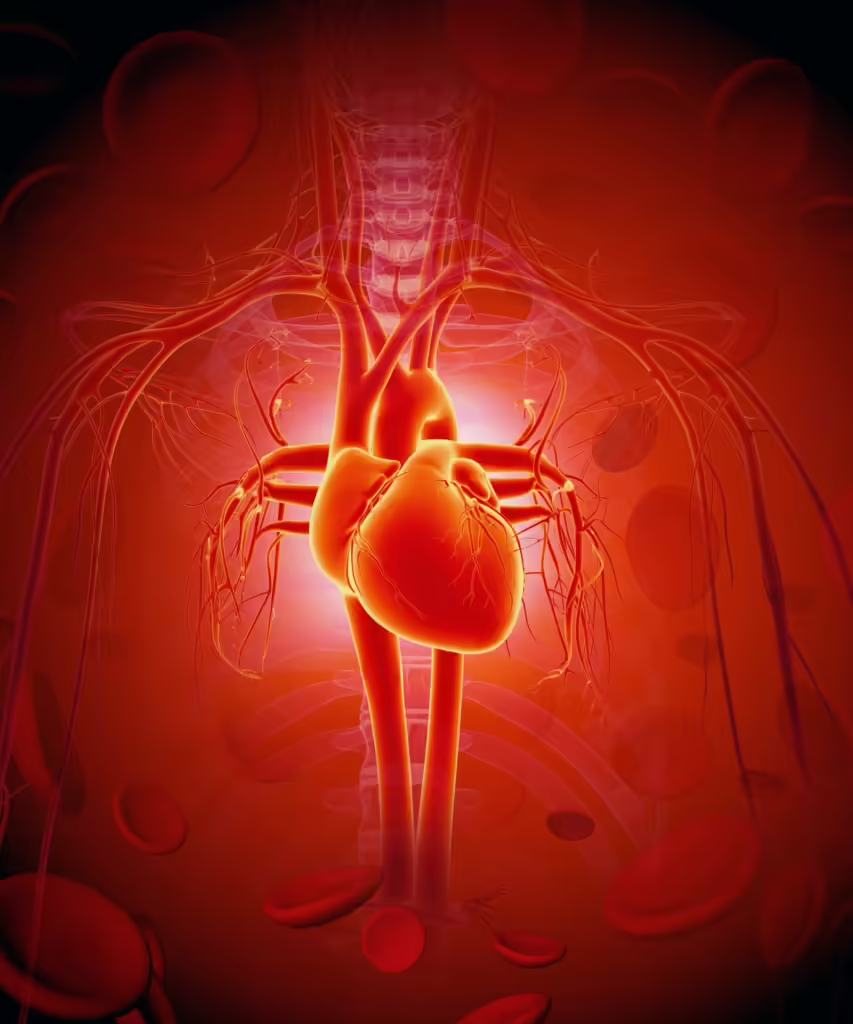
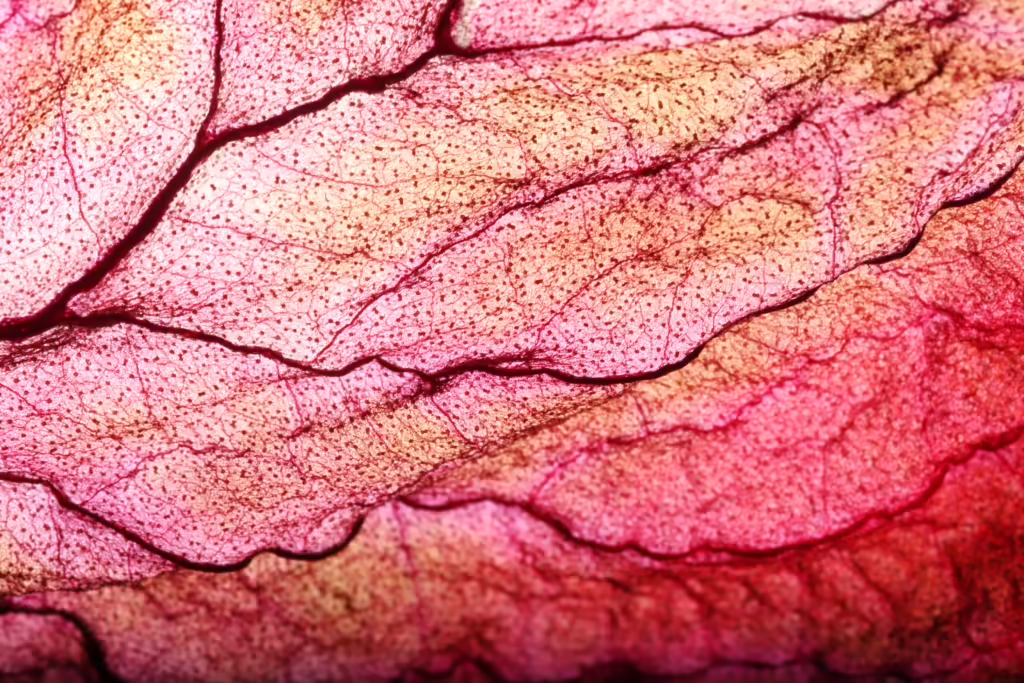
For example, in cases of injury or chronic pain, the buildup of metabolic waste products in tissues can perpetuate inflammation and discomfort. Osteopathic techniques, such as lymphatic drainage, help to stimulate the movement of these metabolites away from the injured area, supporting recovery. By addressing both the arterial supply and the body’s drainage systems, osteopathic treatment optimizes circulation and enhances the body’s ability to heal itself.
How Osteopathic care Warrnambool Addresses Chronic Pain and Improves Mobility
Chronic pain can have a profound impact on one’s quality of life, often affecting not just physical health but also emotional well-being. Our approach to osteopathic care Warrnambool targets the root cause of chronic pain, focusing on alignment and movement. At The Barefoot Osteo Warrnambool, we work closely with each client to understand their specific pain points and movement challenges.
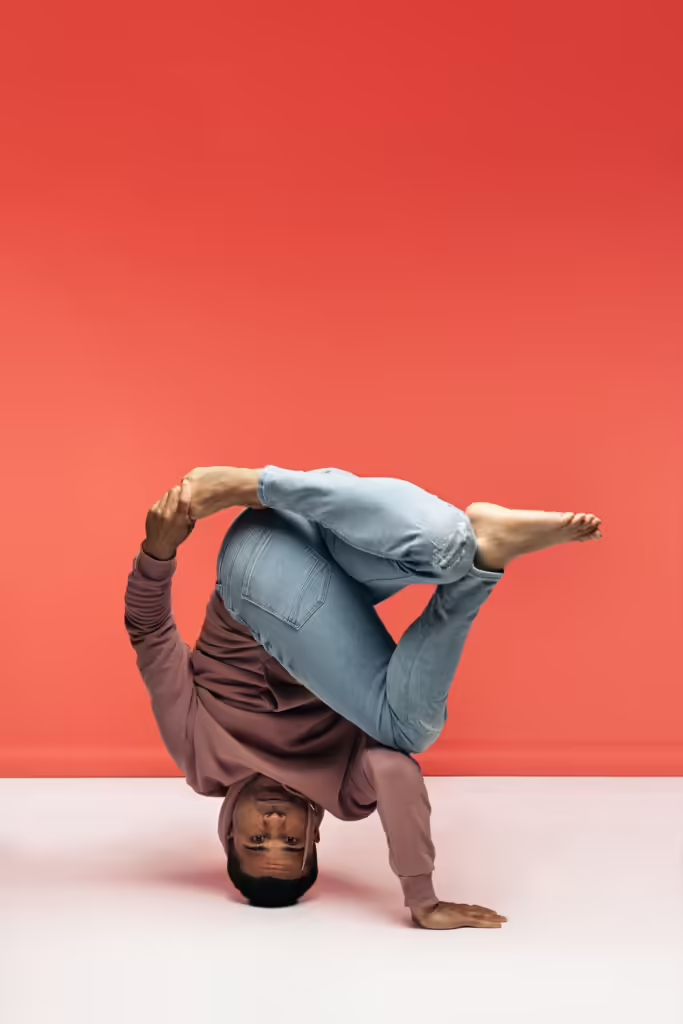
Osteopathy views the body as a functional unit, where every part is interconnected. By addressing issues in the musculoskeletal system, osteopathic treatment can relieve tension, improve joint mobility, and restore overall body function. For example, chronic lower back pain is often caused by poor posture, misalignment of the spine, or muscular imbalances. Through a combination of gentle manipulations, stretching, and focused pressure, osteopathy can help restore proper alignment, reduce inflammation, and ease pain.
In many cases, clients also experience a noticeable improvement in their mobility. By enhancing the movement and function of muscles and joints, osteopathy not only alleviates pain but also increases flexibility, balance, and coordination. This is especially important for individuals who have been limited in their daily activities due to stiffness or discomfort. By offering osteopathic care Warrnambool residents trust, we ensure long-lasting relief and improved function.
One key aspect of osteopathy is its preventive nature. By regularly addressing imbalances in the body, osteopathic care can help prevent chronic pain from worsening over time, allowing individuals to stay active and mobile for longer. It promotes a more sustainable, long-term solution rather than temporary relief from pain. With each session, the body becomes better equipped to maintain stability and mobility, reducing the risk of future injury or flare-ups. This holistic approach not only treats current issues but also enhances overall movement, which leads us to how osteopathic techniques can improve mobility, stability, and balance.
How Osteopathic Techniques Enhance Stability, Mobility, and Balance
At The Barefoot Osteo Warrnambool, mobility, stability, and balance are central to how we approach musculoskeletal health. These principles guide our understanding of the body’s movement patterns and its ability to function optimally. Mobility refers to the body’s capacity to move freely and without restriction, stability ensures the body has the necessary strength and alignment to support those movements, and balance creates harmony between mobility and stability, allowing for smooth, coordinated function. Osteopathic techniques enhance these elements, helping to restore the body’s natural movement and structural integrity.
By applying osteopathic techniques such as joint articulation, myofascial release, and gentle stretching, we address restrictions and imbalances that may limit mobility or compromise stability. This not only improves the range of motion in joints but also reinforces muscular support and structural alignment. At The Barefoot Osteo, we view these improvements in mobility, stability, and balance as fundamental to preventing injury, enhancing recovery, and supporting long-term musculoskeletal health. Through osteopathic care Warrnambool, we help restore stability, mobility, and balance by addressing underlying musculoskeletal imbalances.
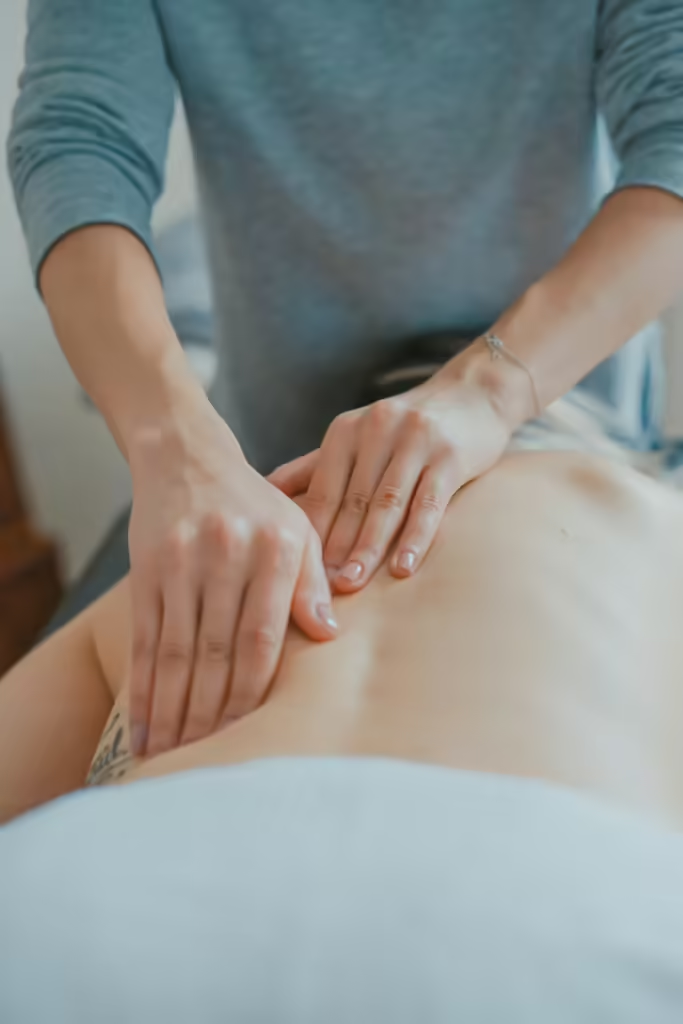
Our approach aligns perfectly with osteopathic philosophy, which emphasizes treating the body as an interconnected whole. By restoring proper movement and addressing any underlying issues that may affect stability and balance, osteopathy helps clients regain control over their bodies. For individuals who may feel their balance or mobility is declining, osteopathic treatment helps correct imbalances and restore their confidence in movement, reducing the risk of falls and injury while promoting long-term health. Our unique blend of barefoot movement and osteopathic care Warrnambool allows clients to regain confidence in their body’s movement and function.
How Osteopathy Supports the Nervous System
A critical aspect of osteopathy is its profound impact on the nervous system. By addressing spinal alignment and reducing tension in the musculoskeletal system, osteopathic treatment helps to optimize nerve function. The nervous system is the body’s control center, regulating all functions from movement to internal organ processes. When there are disruptions—whether from misaligned joints, tight muscles, or poor posture—nerve signals can become impaired, leading to pain, discomfort, or reduced function.
The spine, as the central structure of the body, houses the spinal cord—a vital part of the nervous system that transmits signals between the brain and the rest of the body. Misalignments in the vertebrae or muscular tension around the spine can obstruct these signals, resulting in issues like pain, numbness, or weakness. Osteopathic techniques aim to realign the spine and ease muscle tension, allowing nerve signals to flow freely and restoring the body’s natural functions. This is particularly beneficial for conditions such as sciatica, where nerve compression can cause significant discomfort and mobility issues.
Beyond physical benefits, osteopathy’s support of the nervous system has a far-reaching impact on emotional and mental health. The nervous system is responsible for regulating the body’s stress responses, and when it is overburdened or compromised by chronic tension, the effects are felt emotionally as well. By releasing restrictions in the musculoskeletal system, osteopathic care can help calm an overactive nervous system, reduce feelings of stress, and promote a sense of balance and relaxation. This holistic approach benefits not only the body but the mind as well, offering relief for patients who struggle with anxiety or stress-related tension.
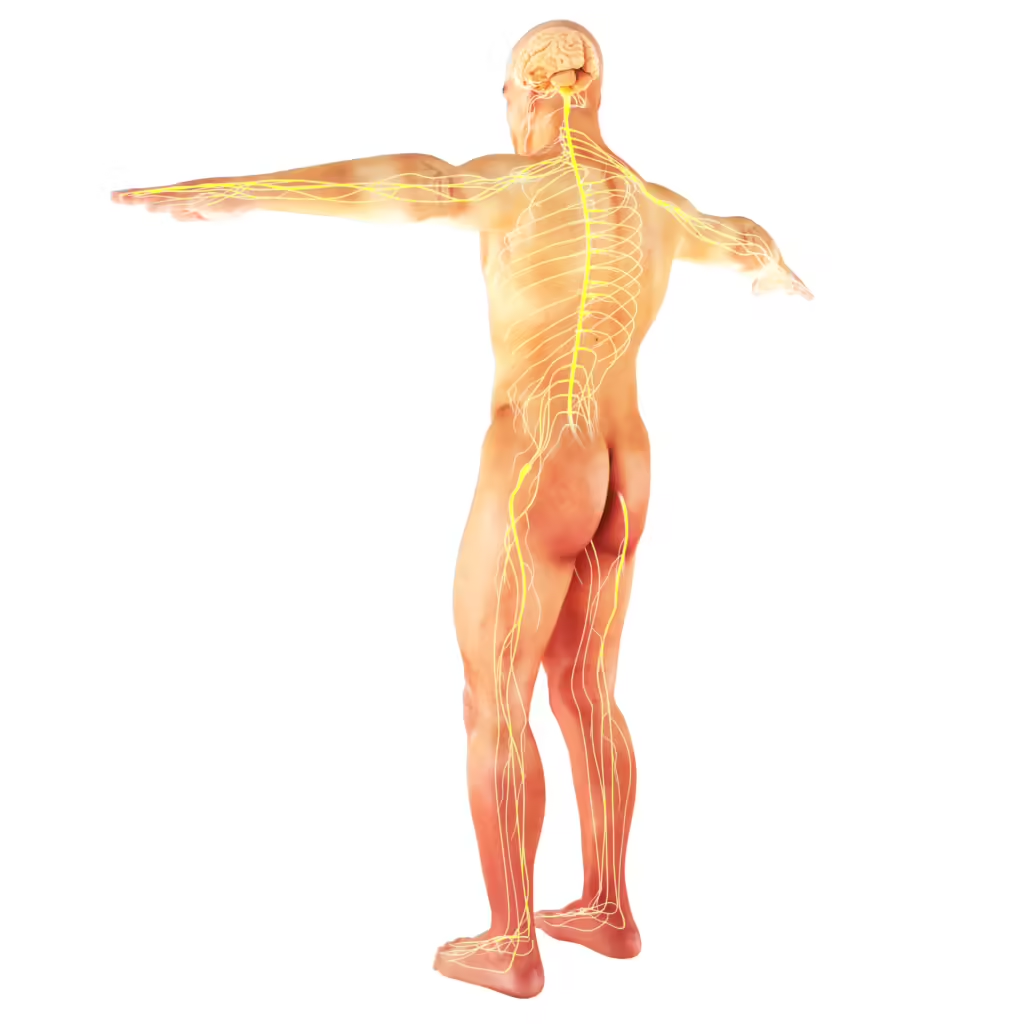
In addition, optimizing nervous system function supports the body’s overall healing processes. When the nervous system is functioning properly, it enhances the body’s ability to adapt, recover, and maintain balance. Whether a patient is dealing with chronic pain, recovering from an injury, or managing everyday discomfort, osteopathic treatment ensures that the nervous system is operating at its best, facilitating better outcomes in both physical and emotional health. Osteopathic care Warrnambool supports optimal nervous system function by relieving musculoskeletal tension and improving circulation.
Osteopathic care Warrnambool and the Barefoot Approach
At The Barefoot Osteo Warrnambool, our philosophy integrates the principles of osteopathy with the barefoot approach to enhance mobility, stability, and balance. While osteopathy focuses on aligning the body’s structure and restoring function, the barefoot approach encourages natural movement patterns that complement these osteopathic principles. By connecting directly with the ground, barefoot movement promotes proprioception, the body’s innate awareness of its position in space, which is key to improving movement quality and body control.
Combining barefoot practices with osteopathic treatment creates a powerful synergy that maximizes the benefits of both approaches. Osteopathic techniques work to correct structural misalignments and restore balance in the musculoskeletal system, while barefoot movement reinforces these corrections by encouraging better posture and coordination. Together, these practices support the body’s natural ability to move freely and efficiently, helping clients develop a stronger connection to their body and movement patterns, which is critical to preventing injury and maintaining long-term health.
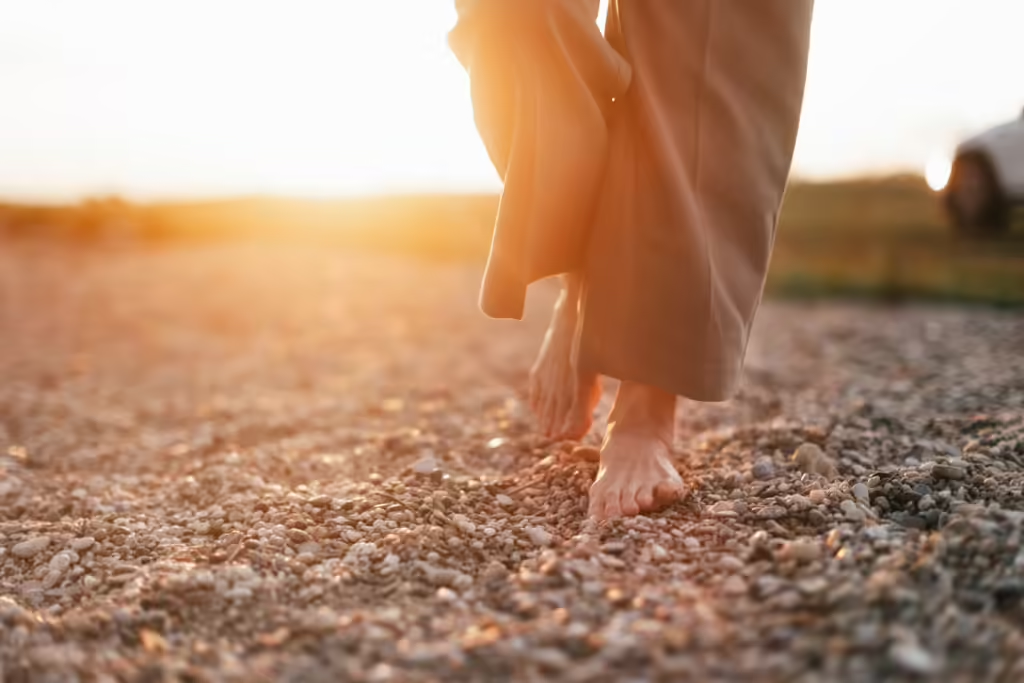

The barefoot experience at The Barefoot Osteo not only enhances physical health but also contributes to emotional well-being. Grounding, or making direct contact with the earth, has been shown to reduce stress levels and promote a sense of calm, which complements the physical benefits of osteopathic treatment. This holistic approach nurtures both the mind and body, creating a balanced, centered state of well-being that encourages clients to feel more in tune with themselves and their surroundings.
Case Study: Overcoming Chronic Lower Back Pain with Osteopathic Care
A recent client benefited from osteopathic care Warrnambool, recovering from chronic lower back pain after a series of personalized treatments. After five years of debilitating lower back pain that impacted her ability to work and enjoy daily activities. She had tried various treatments with little success, but her pain persisted. At The Barefoot Osteo Warrnambool, we applied the osteopathic principles to assess her body holistically. By recognizing that her lower back pain was not an isolated issue, we examined her posture, pelvic alignment, and gait, uncovering imbalances that contributed to her discomfort. Through a combination of spinal realignment, myofascial release to reduce muscle tension, and strengthening exercises for her supporting muscles, we helped her body regain balance and mobility. Within a few months, she experienced significant relief and was able to return to her daily activities, empowered with a greater understanding of how to maintain her musculoskeletal health.
How Osteopathy Helped Improve Mobility and Stability
Another client sought out osteopathic care Warrnambool for knee pain, finding relief through our holistic approach. After suffering from chronic knee pain, sought our help after experiencing limitations in her ability to walk long distances. Upon a comprehensive osteopathic assessment, we discovered that her knee pain was connected to imbalances in her hip alignment and ankle mobility, both of which affected her gait. By addressing these underlying structural issues, we were able to treat the root cause of her knee pain. Incorporating a combination of osteopathic techniques and barefoot exercises to improve her natural movement, she gradually regained strength and stability in her knee. Over time, her pain diminished, allowing her to regain confidence in her mobility and enjoy outdoor activities with ease.

Case Study: Enhancing Athletic Performance with Osteopathy
We also had the opportunity to work with an endurance athlete who had been struggling with recurring hamstring injuries and decreased performance during training sessions. Our osteopathic assessment revealed that his lower back and pelvis were misaligned, leading to overcompensation in his hamstrings and contributing to frequent strains. By using osteopathic techniques to realign his pelvis, release tension in his hamstrings, and improve joint mobility in his hips, we helped him restore functional balance. With a more stable foundation, he was able to train with greater efficiency and reduce the risk of injury. Over time, he noticed improved muscle function, increased power, and an overall enhancement in his athletic performance, allowing him to reach new personal records.
Practical Tips for Using Osteopathic care Warrnambool to Enhance Health
Incorporating osteopathy into your health routine can be simple and effective. Here are a few tips to help you make the most of your osteopathic care:
- Prioritize Posture:
- Poor posture can contribute to misalignments in the spine, which in turn can cause pain and discomfort. Be mindful of your posture throughout the day, whether you’re sitting at a desk or standing.
- Move Regularly:
- Movement is key to maintaining flexibility and joint mobility. Gentle stretching or walking barefoot can help keep your muscles and joints in good condition.
- Stay Hydrated:
- Proper hydration supports your body’s tissues and helps in the recovery process after osteopathic treatments.
Common Misconceptions About Barefoot Movement
While barefoot movement has many benefits, there are some common misconceptions that may deter people from trying it. One misconception is that walking barefoot is unsafe and can lead to injury. In reality, when done gradually and correctly, barefoot walking strengthens the muscles in the feet and ankles, which can prevent injuries in the long run.
Another misconception is that barefoot movement is only for athletes or those already in peak physical condition. On the contrary, barefoot practices can benefit people of all ages and fitness levels. By starting slowly and incorporating barefoot exercises into your daily routine, you can gradually build strength and improve your balance.
Here are a few more common misconceptions about barefoot movement:
- Barefoot walking is only beneficial outdoors.
Barefoot practices can be done anywhere, indoors or outdoors. Engaging in balance exercises on soft surfaces at home or performing foot-strengthening routines on hard floors can improve your foot health, proprioception, and balance.
- Barefoot movement is an instant cure for foot-related issues.
While barefoot walking can help strengthen arches and improve foot mechanics, it’s not an immediate solution for conditions like flat feet or plantar fasciitis. These practices should be introduced gradually and combined with osteopathic care to address any underlying musculoskeletal imbalances.
- It’s not suitable for older adults.
Many believe that barefoot walking is not safe for seniors, but it can actually enhance balance, mobility, and reduce the risk of falls when done correctly. As with any new practice, starting slowly and building up strength over time is key.
By dispelling these misconceptions and approaching barefoot movement with the right mindset, individuals of all ages and fitness levels can experience the benefits it offers. Combined with osteopathic treatment, barefoot movement becomes a powerful tool for improving overall mobility, stability, and balance.
Conclusion
At The Barefoot Osteo Warrnambool, we proudly stand on the shoulders of giants like A.T. Still, the founder of osteopathy, and the many pioneering osteopaths who have shaped this field over the last century. Their visionary approach to healthcare, rooted in the belief that the body is a self-healing, interconnected whole, continues to guide our practice today. By applying these time-tested principles to the modern world, we help our clients not only address pain but also restore balance, mobility, and stability in their lives.
The barefoot philosophy complements this approach by enhancing natural movement, proprioception, and body awareness. Together, these practices provide a holistic framework that helps our clients move with ease, prevent future injuries, and live life with greater vitality. At The Barefoot Osteo, we don’t just treat symptoms—we empower you to take control of your health, using the principles passed down from osteopathic pioneers and applying them in a way that resonates with the demands of the modern body.
If you’re looking for osteopathic care Warrnambool, we are here to help you regain your mobility, stability, and balance. Are you ready to take the next step toward better health and movement? At The Barefoot Osteo Warrnambool, we’re here to support your journey. Whether you’re seeking relief from chronic pain, improved mobility, or enhanced physical performance, we invite you to experience the transformative power of osteopathy and the barefoot lifestyle.
“Health starts from the ground up—let’s walk this journey together.“
References:
- Still, A. T. (1809). Philosophy of Osteopathy.
- Still, A. T. (1908). Autobiography of A.T. Still (rev ed.).
- Frymann, V. (n.d.). Osteopathic Studies.
- The Philadelphia College of Osteopathy. (1911). Osteopathic Announcement.
- Boston Osteopathy. (1901, September). The Boston Osteopathy.
- Still, A. T. (n.d.). Osteopathy: Research and Practice (v2.0).
- Chila, A. (n.d.). Foundations of Osteopathy.
- Littlejohn, J. M. (1901). The Science of Osteopathy: Its Value in Preventing and Curing Disease.
